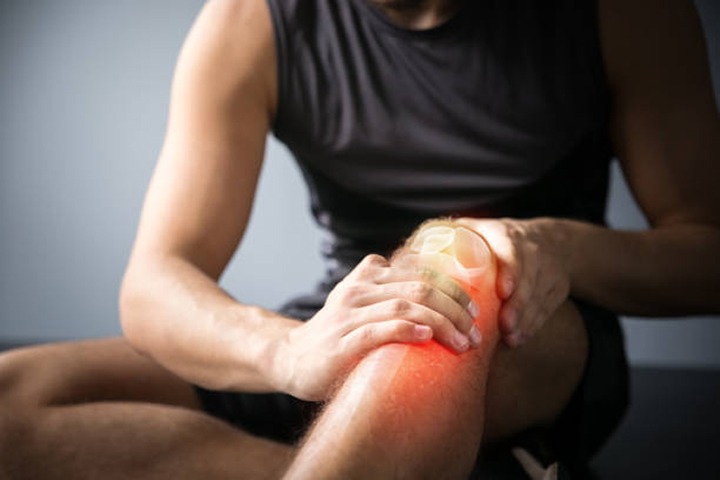Sports and injury therapy offers numerous health benefits, including:
- Accelerated recovery from injuries
- Pain relief
- Improved joint and muscle function
- Enhanced flexibility and range of motion
- Increased strength and endurance
- Injury prevention
- Improved athletic performance
- Reduction of inflammation
- Support for safe return to activity


